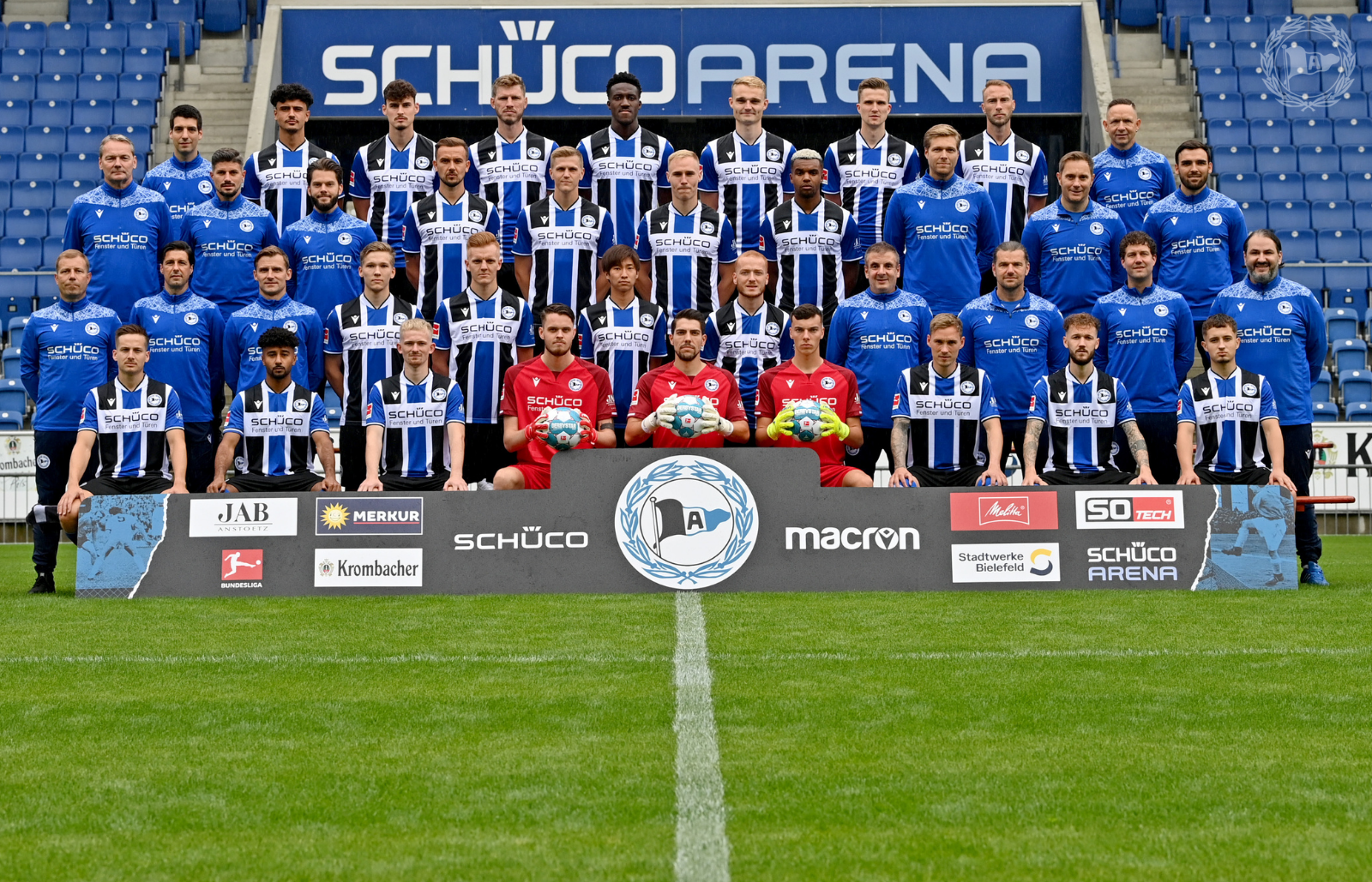
Bochum - Arminia Bielefeld: 2-1 (SPIELERGEBNIS - ZUSAMMENFASSUNG) - TakeToNews Deutsch | Sport | Zeitschrift | Finanzen | Unterhaltung | Tech

Wer zeigt / überträgt FC Augsburg vs. Arminia Bielefeld live im TV und LIVE-STREAM? | DAZN News Deutschland

Frankfurt, Germany. 21st Jan, 2022. firo : 01/21/2022 Fuvuball, 1.Bundesliga, season 2021/2022, Eintracht Frankfurt - Arminia Bielefeld v. left Alessandro Schv?pf (Arminia Bielefeld) and Sebastian Rode (Eintracht Frankfurt), Credit: dpa/Alamy Live News

Wer zeigt / überträgt Arminia Bielefeld vs. RB Leipzig live im TV und LIVE-STREAM? Die Bundesliga-Übertragung | Goal.com

Arminia gegen Greuther Fürth im TV: Die stärksten Szenen aus DSC Arminia Bielefeld gegen SpVgg Greuther Fürth | news.de




















